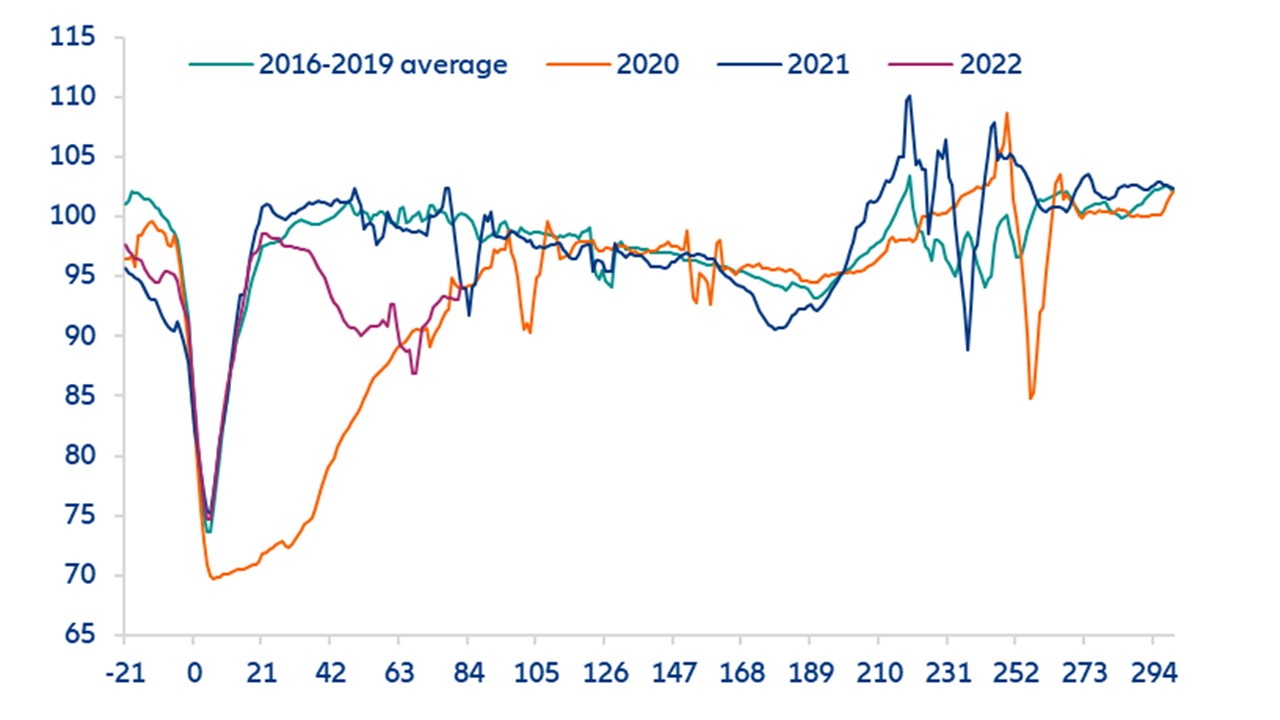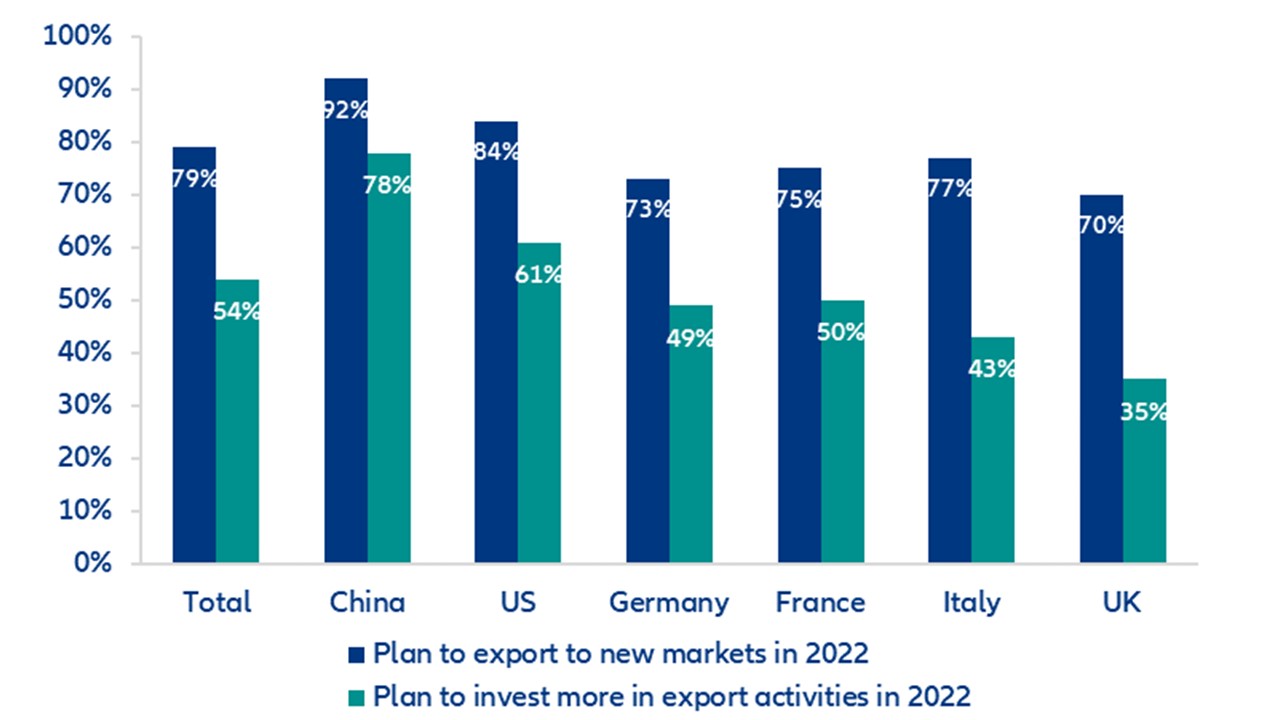I’m excited to launch this blog dedicated to Asia-Pacific economic insights. I hope that you find the content beneficial and particularly look forward to your valuable feedback, comments, questions or suggestions!
For this first entry, I will focus on the Chinese economy. This is no surprise, considering the importance of the country in the region (and the world), and especially given the ongoing Omicron shock there. The continued zero-Covid policy and the resulting partial or full lockdowns across some cities have had social impacts and sparked sharp reactions in public opinion, both locally and abroad. Being an economist, I will however focus my comment on the economic impact of recent events, and the ensuing policy reactions.
Let’s start with the latest data releases. China’s Q1 GDP came in at +4.8% y/y, above expectations and up from +4.0% the previous quarter. However, beyond this robust headline number, there are underlying weaknesses. The March data clearly show a slowdown in the Chinese economy, following the stronger-than-expected first two months of the year. In March, industrial production slowed to +5.0% y/y (from +7.5% in January-February) and fixed asset investment to +7.2% (from +12.2% in January-February). More strikingly, retail sales contracted by -3.5% y/y (after +6.7% in January-February), highlighting the impact of the ongoing sanitary situation on Chinese consumer confidence and spending.
Looking forward, Q2 is likely to experience a weak start as April remains under pressure from the zero-Covid policy. However, high frequency data on traffic congestion and the sanitary situation suggest that, at the national level, the shock of ongoing outbreaks may be peaking. In our central scenario, we indeed assume a return-to-normal in national aggregate mobility in May. That would imply GDP growth could reach +4.6% in 2022. Though this falls short of the official target of “around +5.5%”, reaching this level of growth itself will still require further policy efforts.






